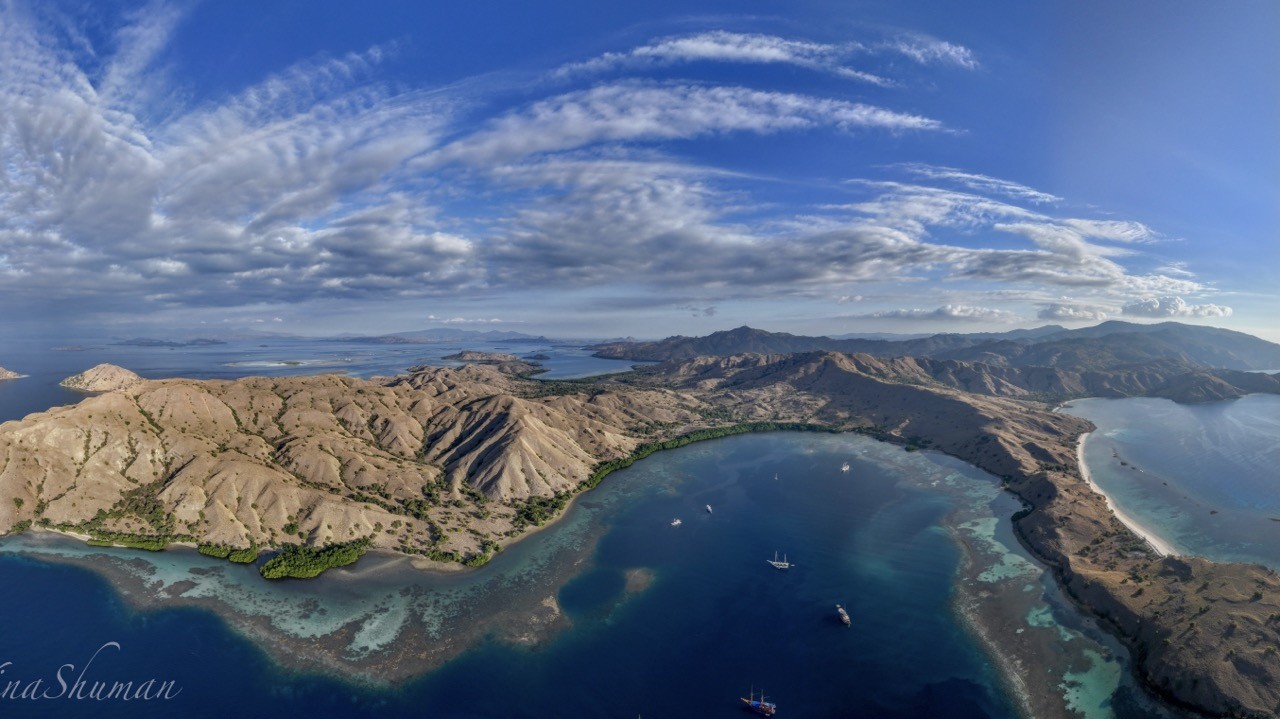
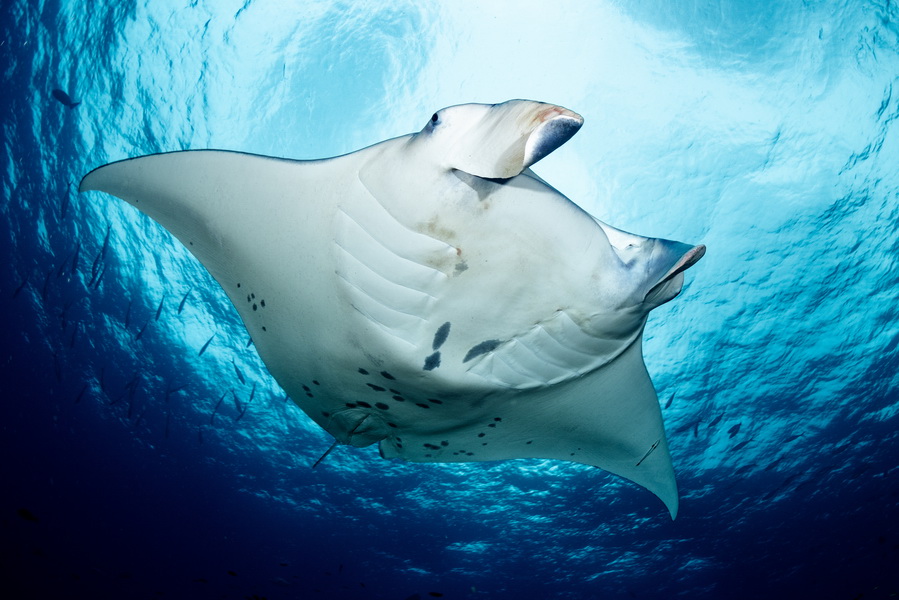
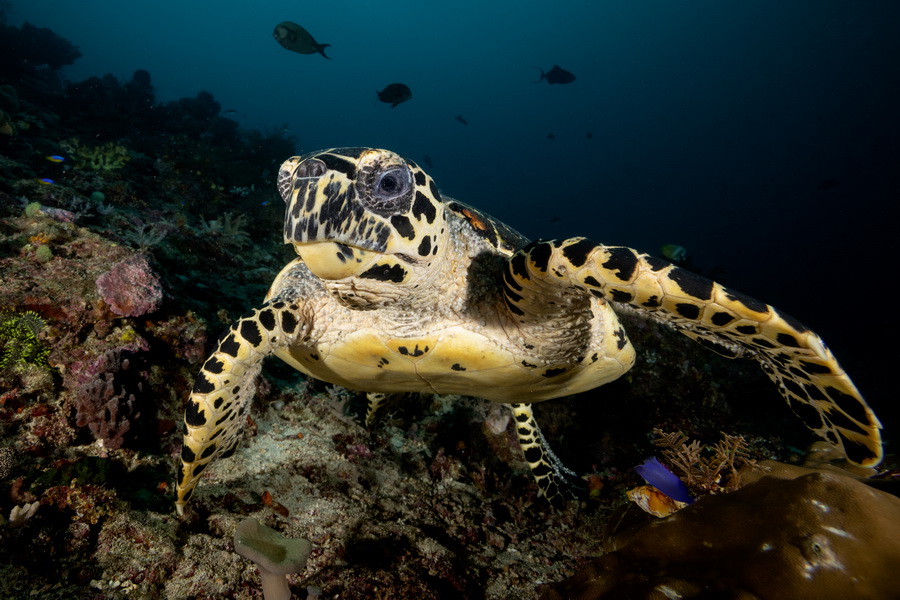
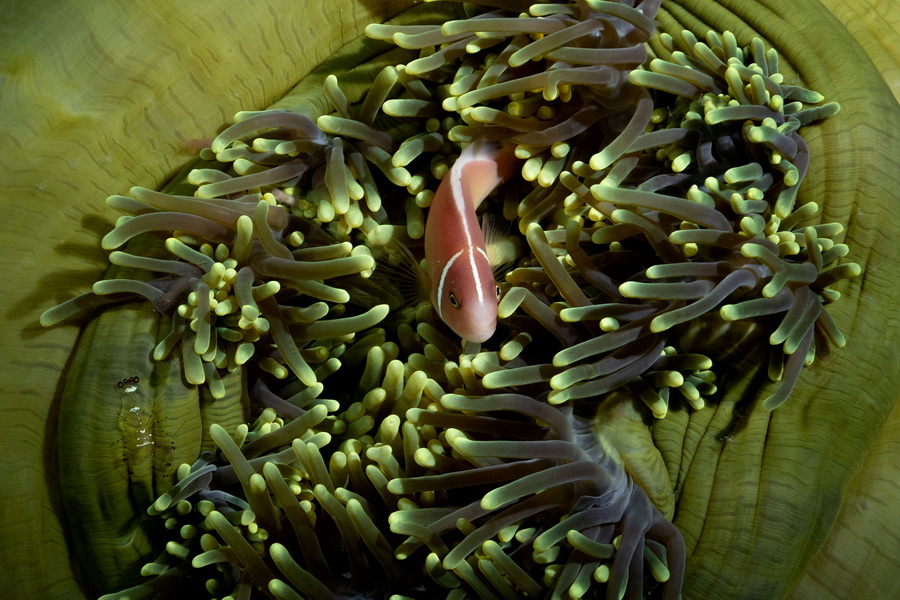
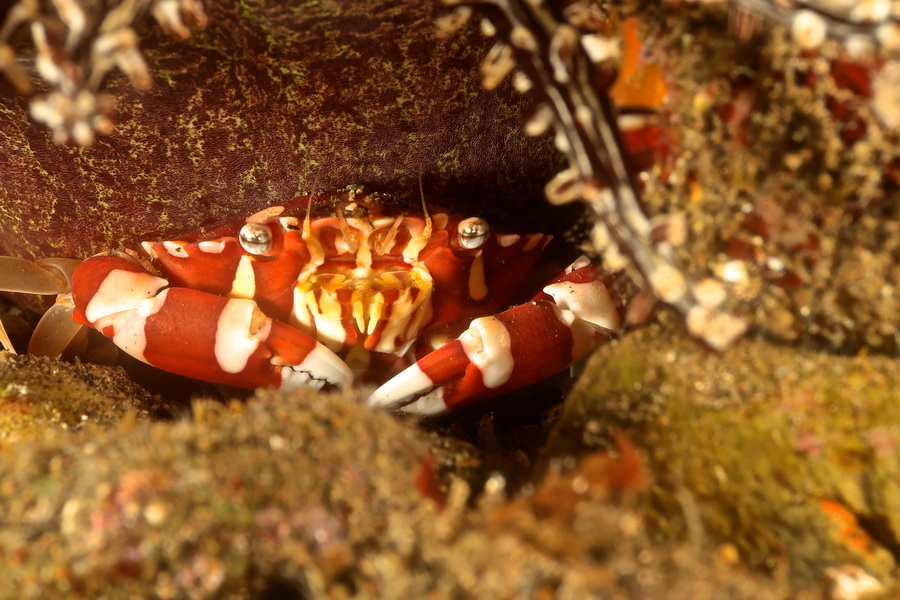
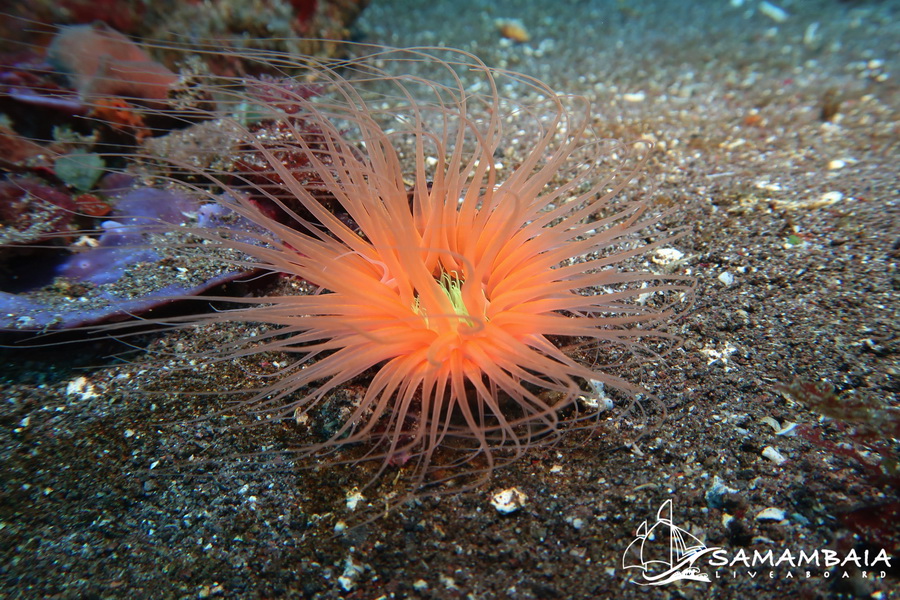
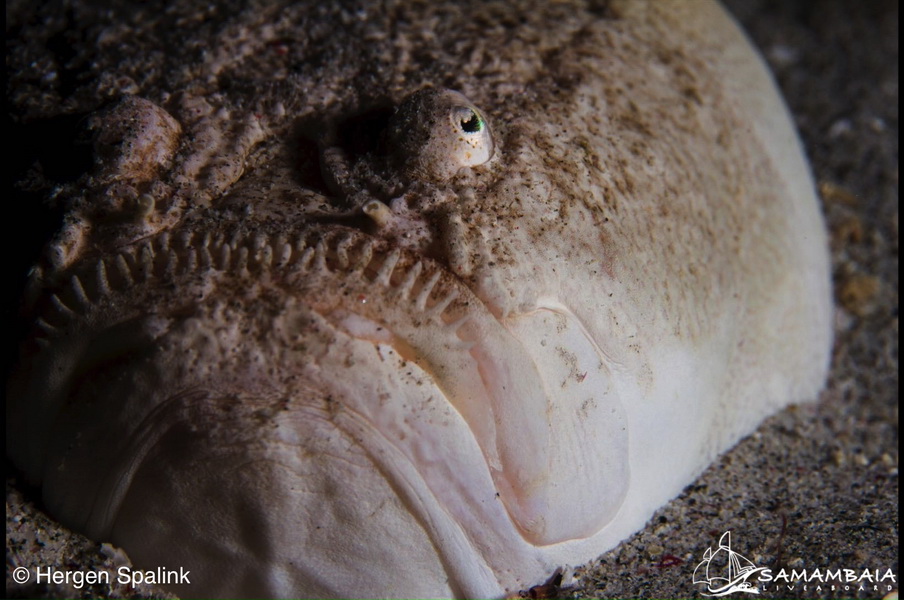
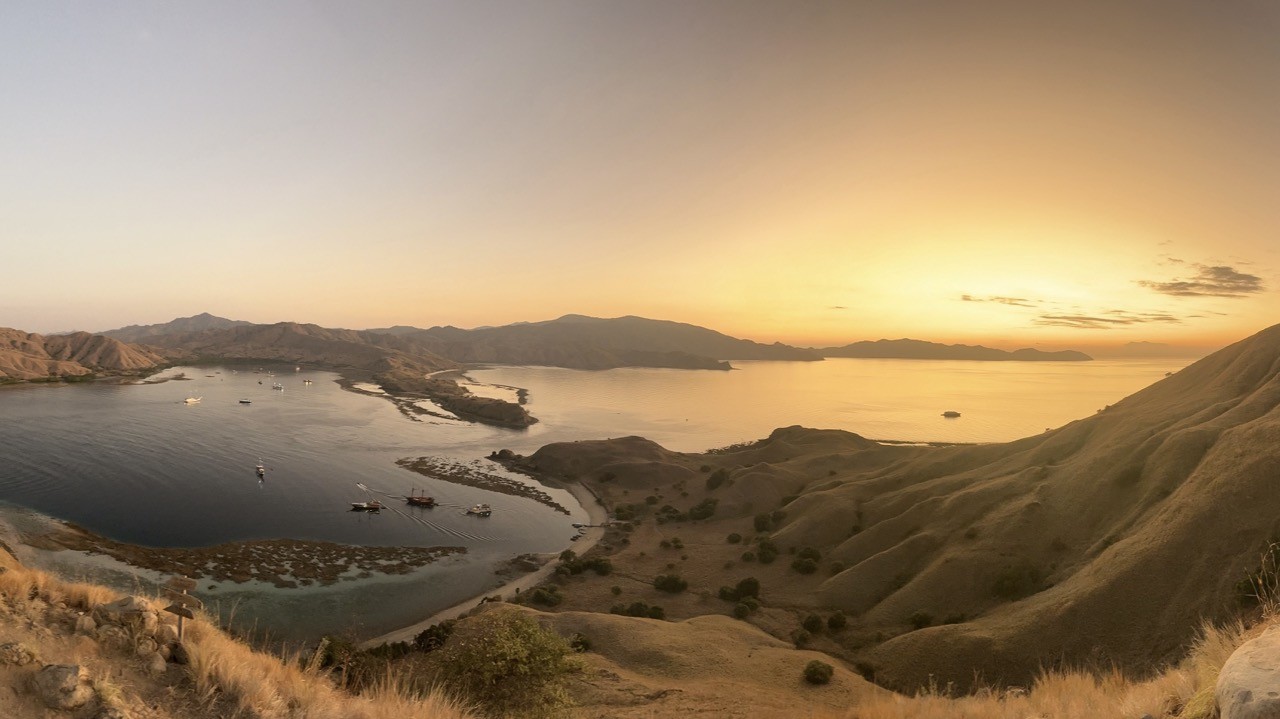
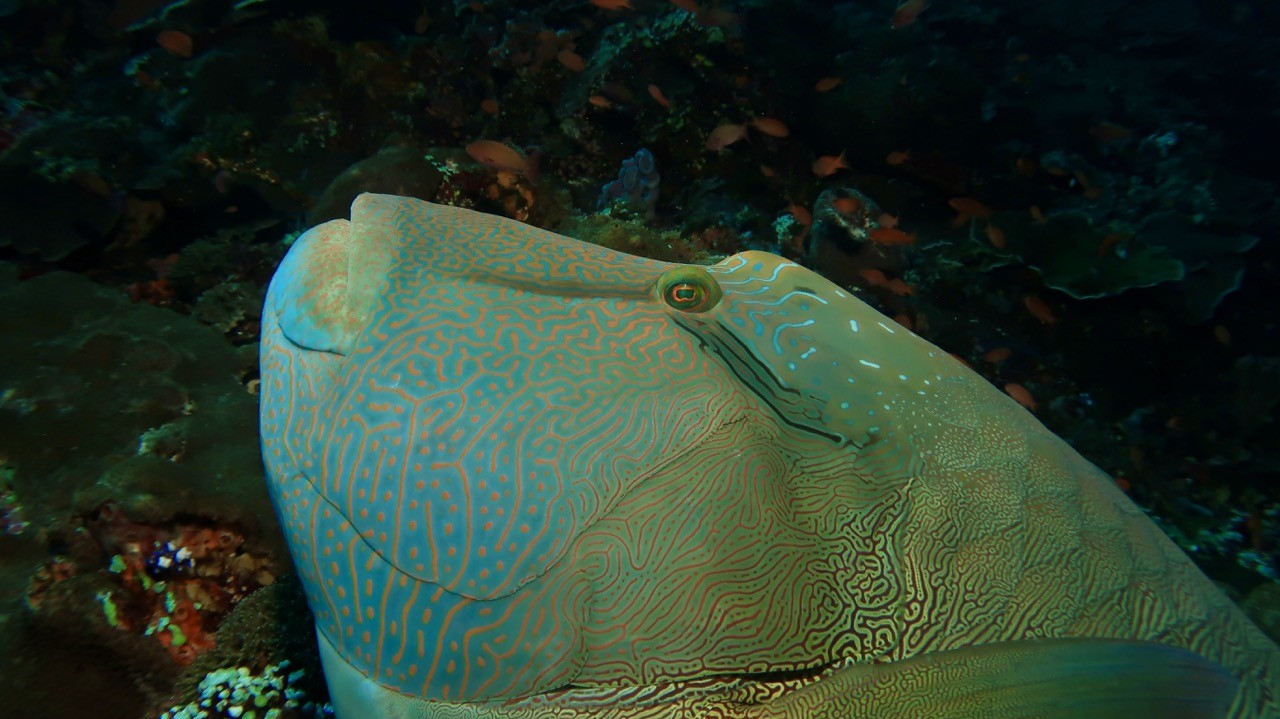
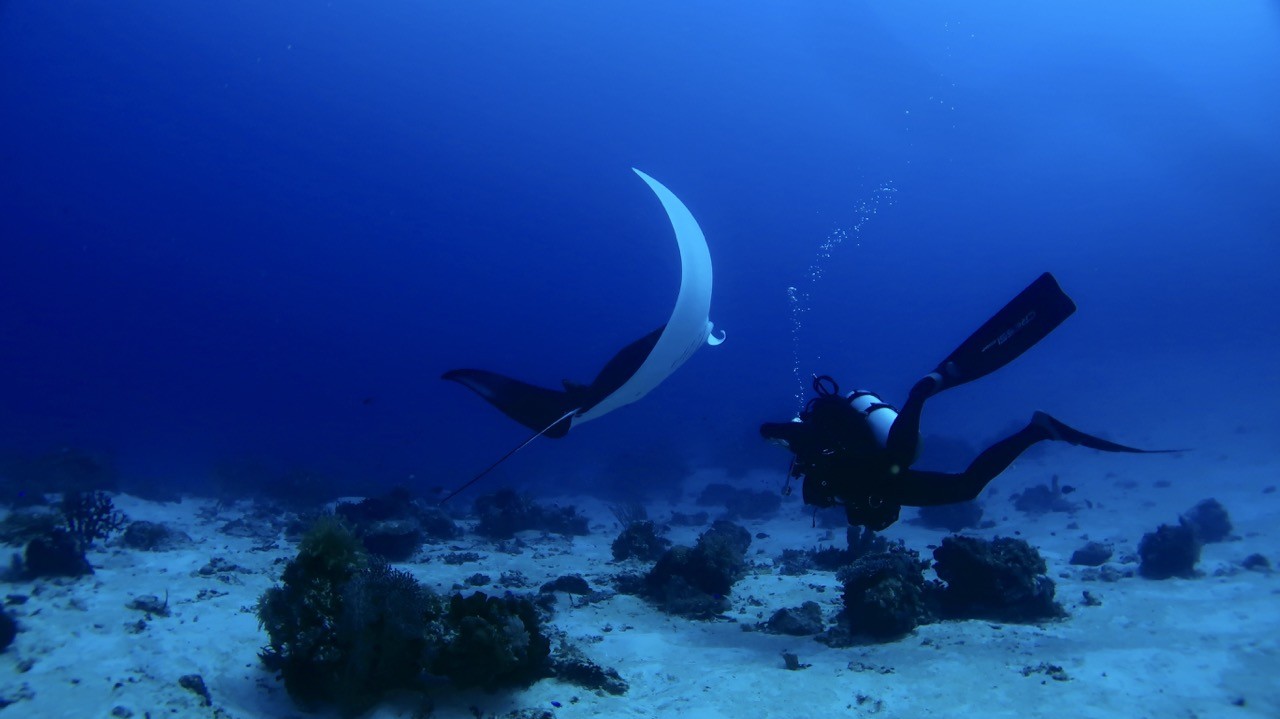
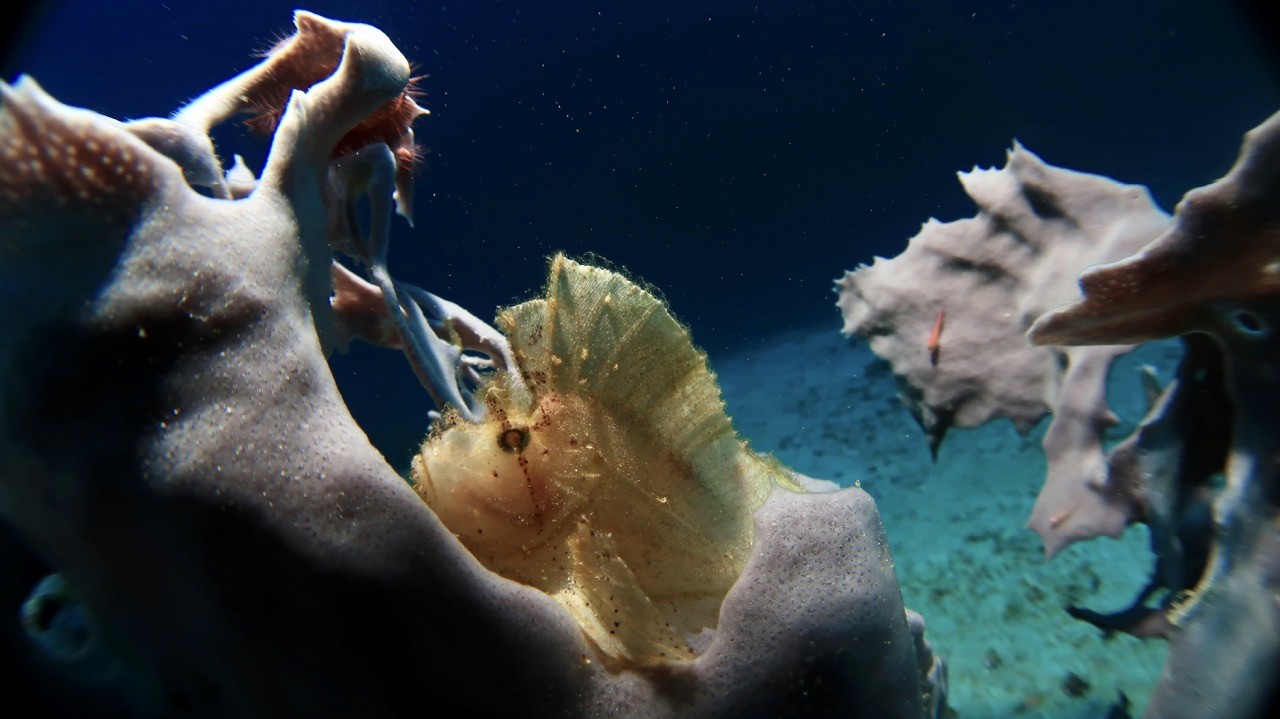
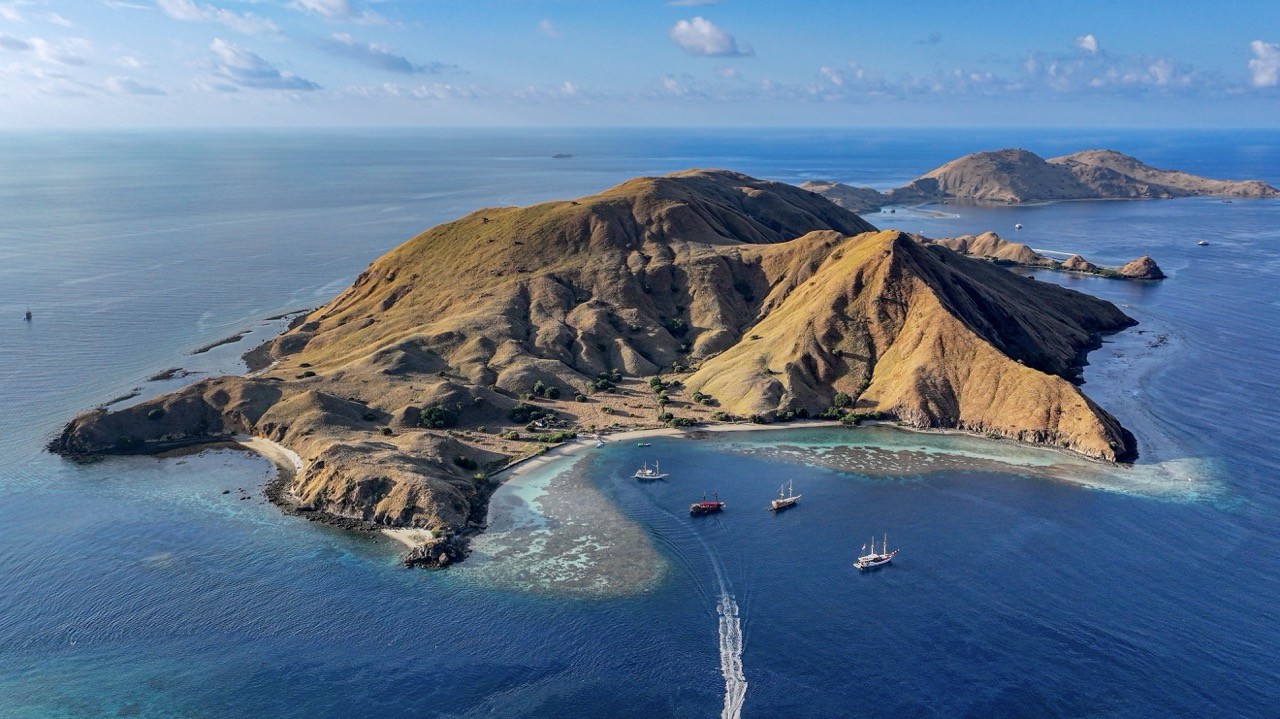
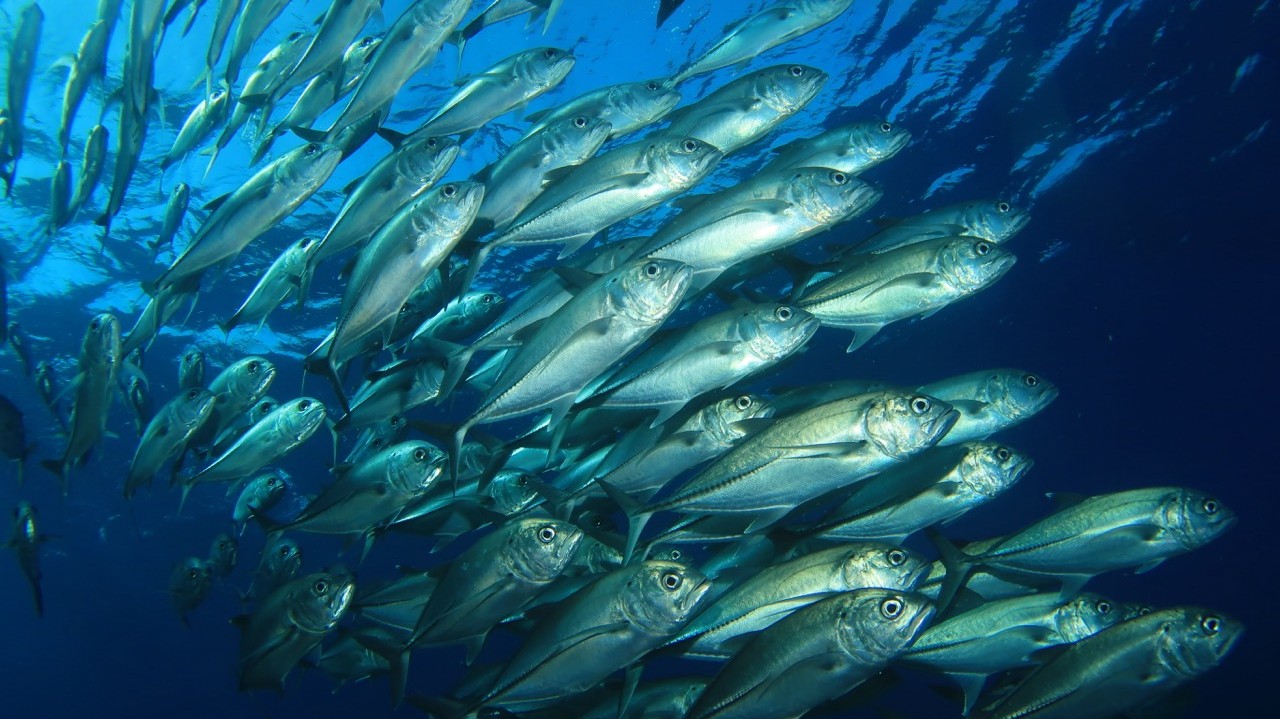
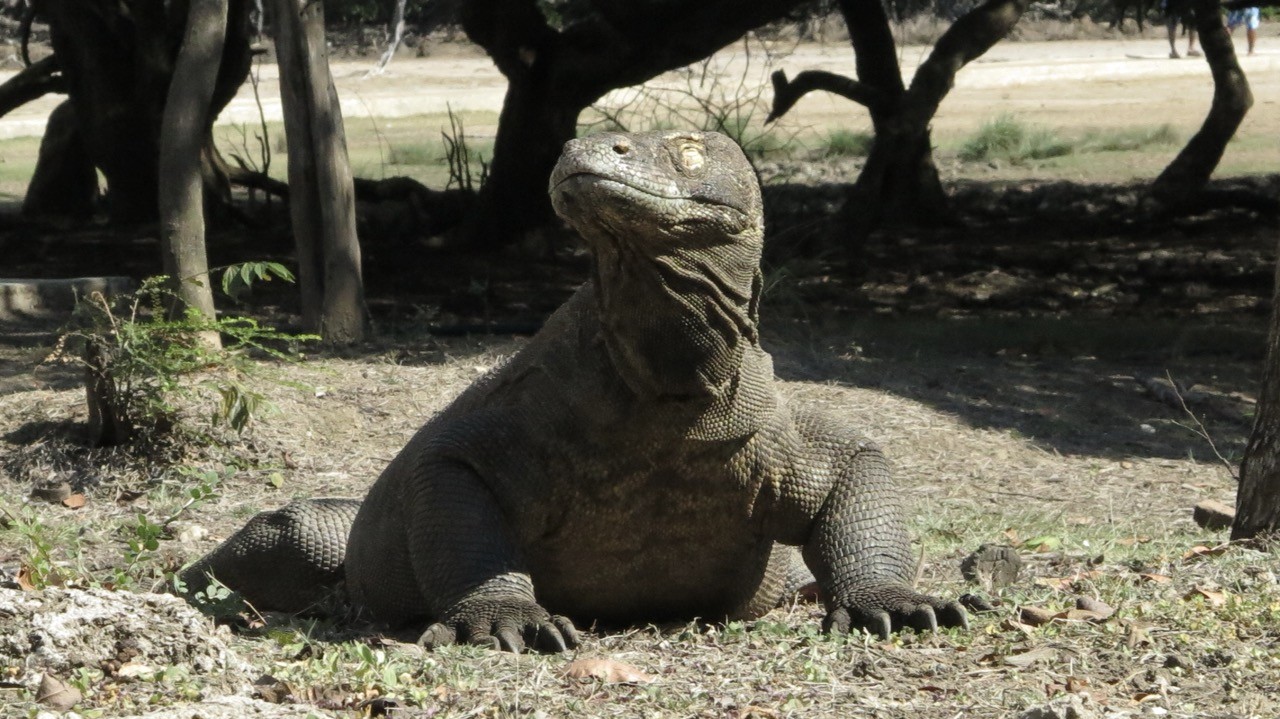
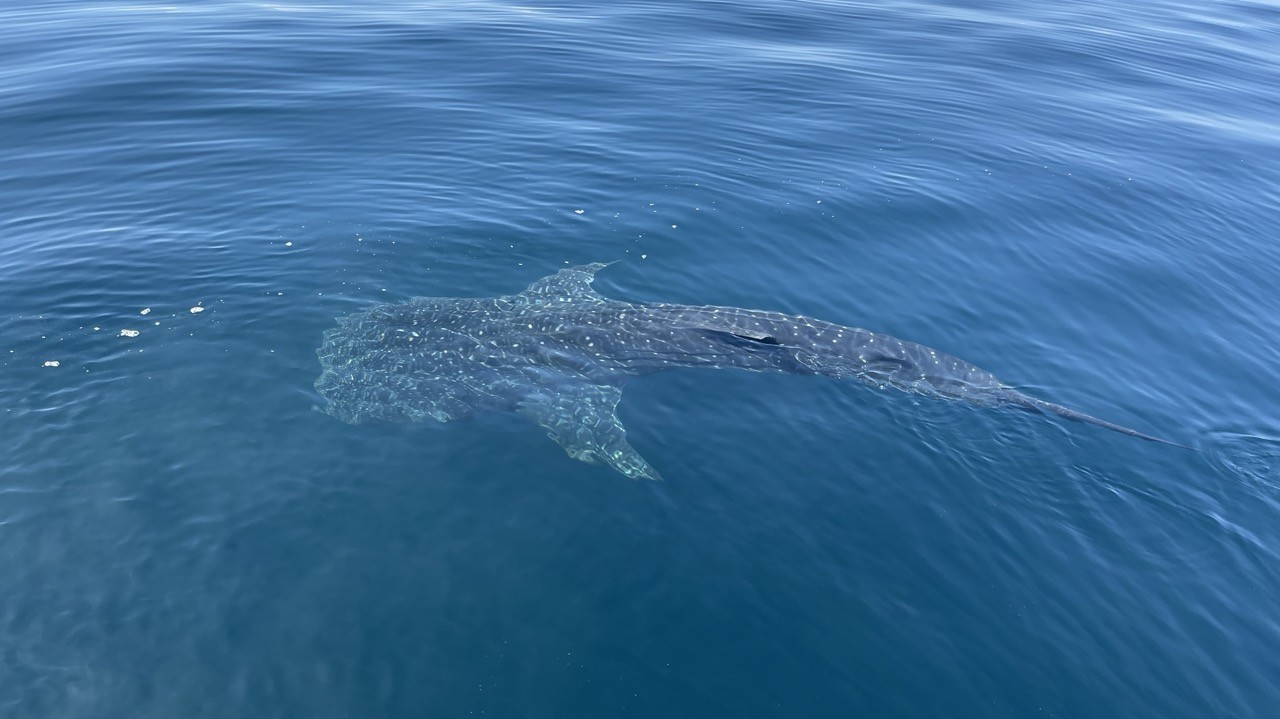
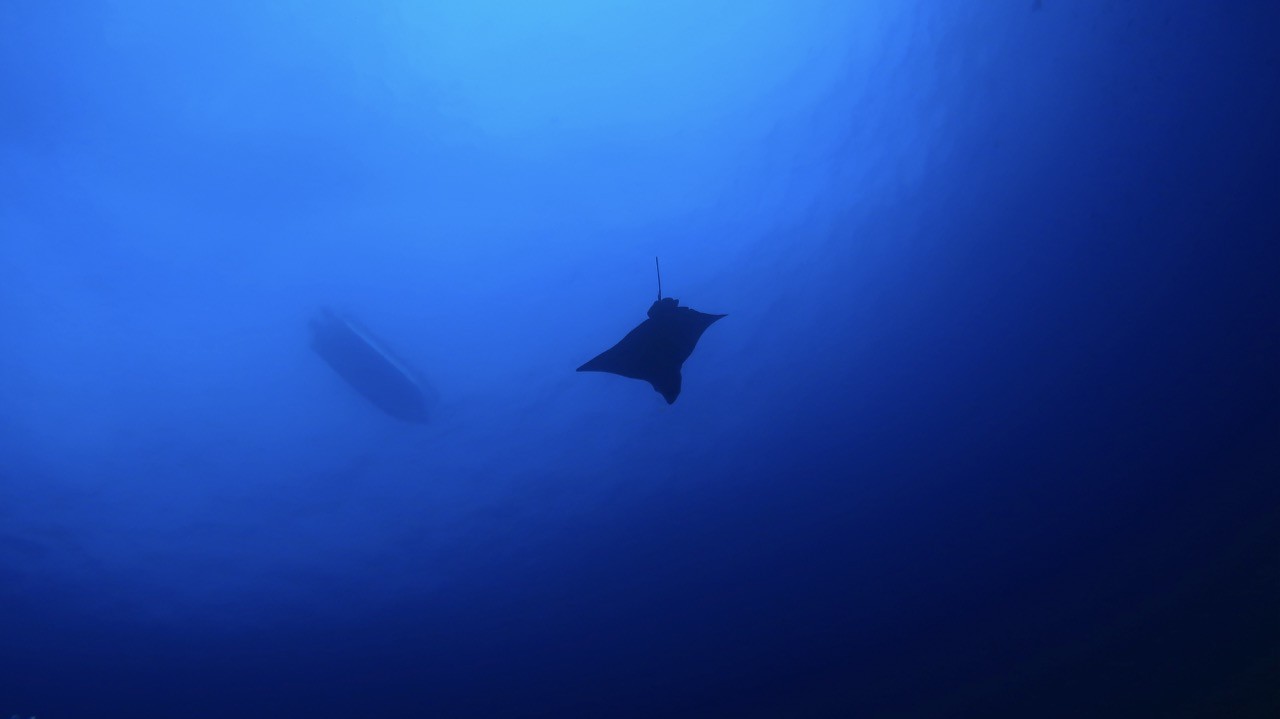
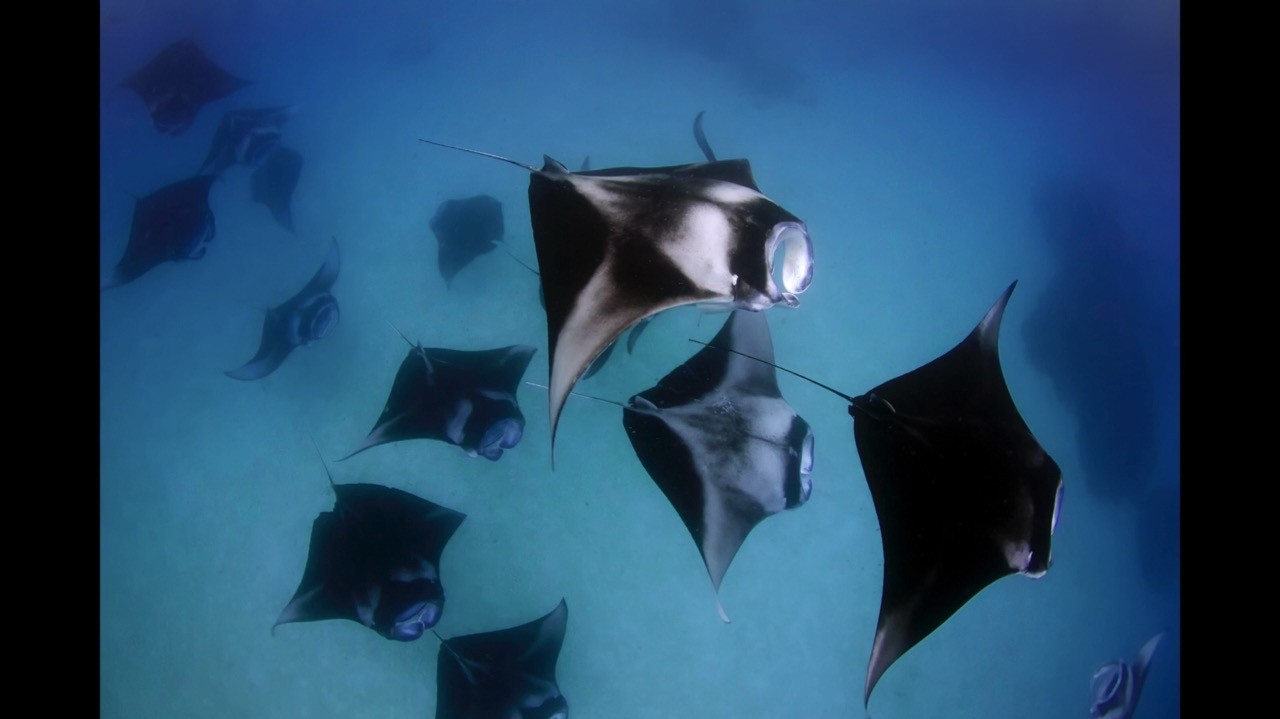
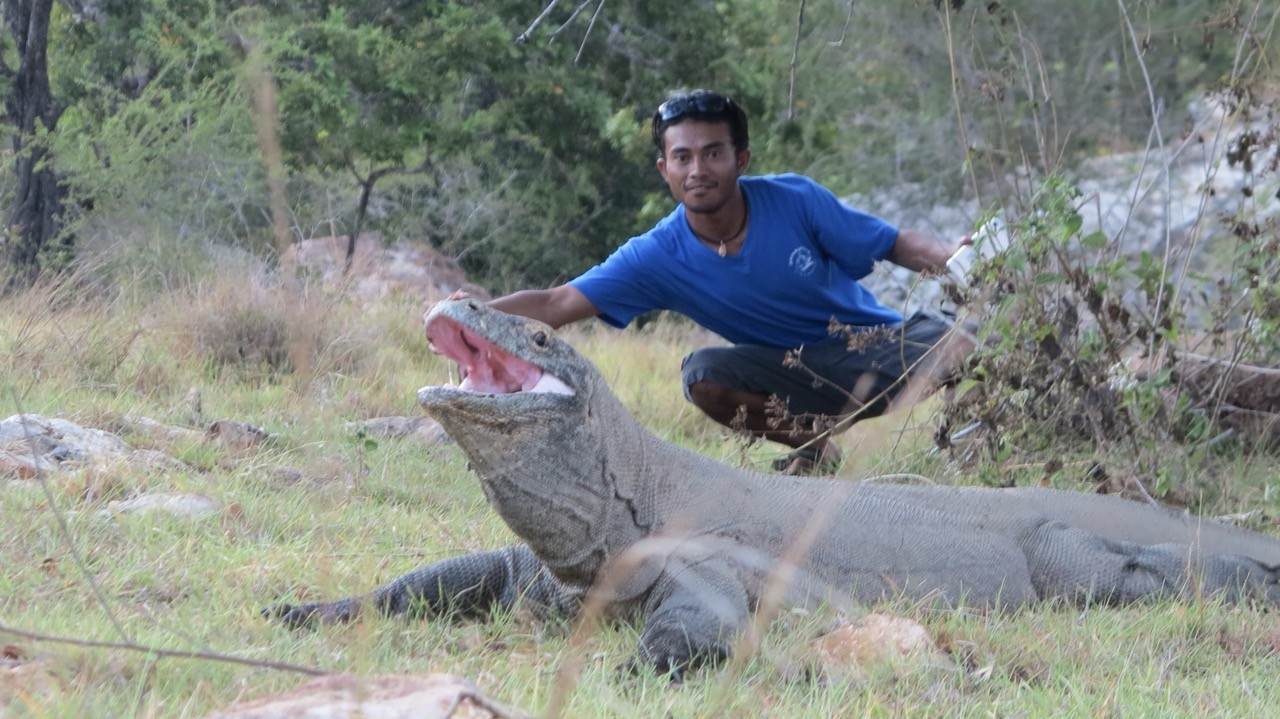
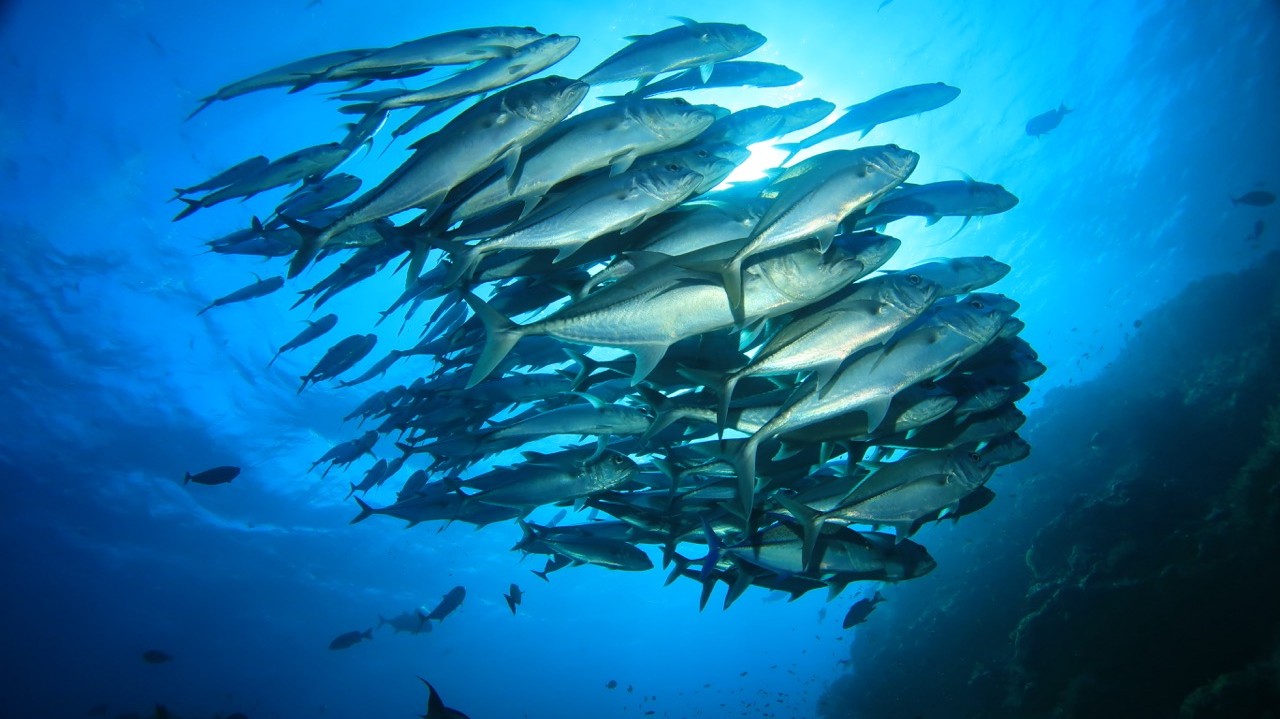
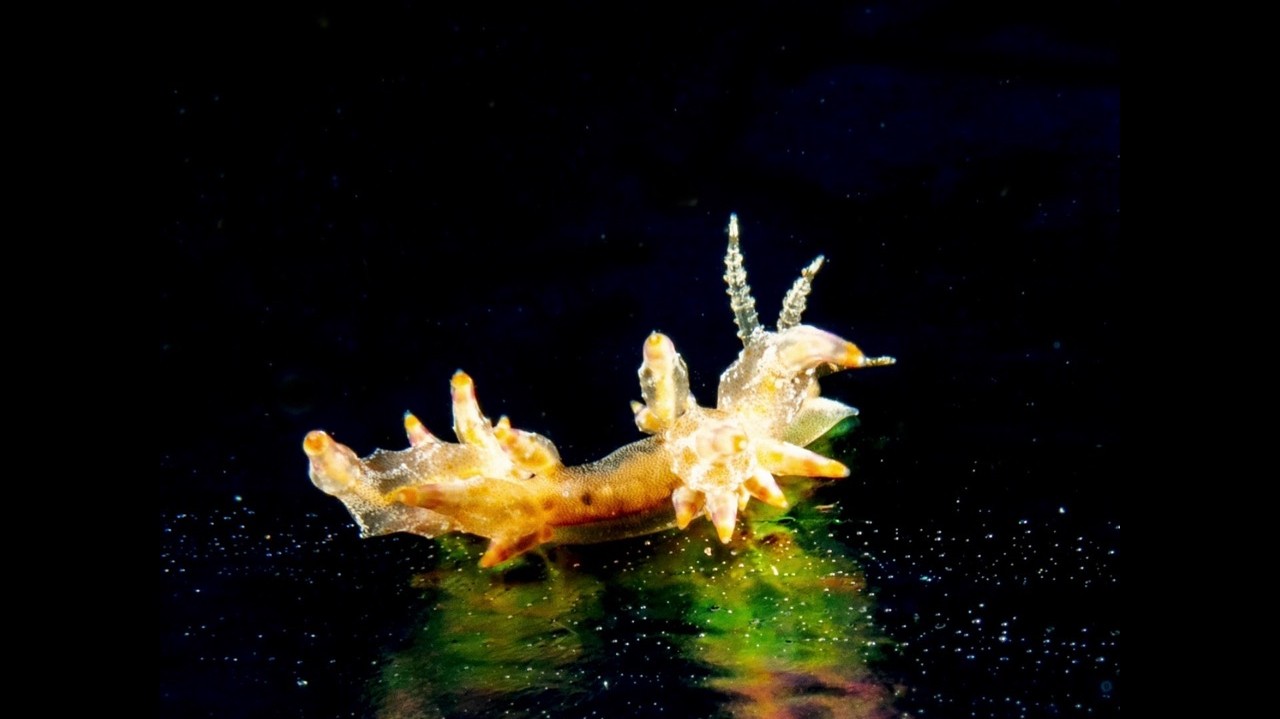
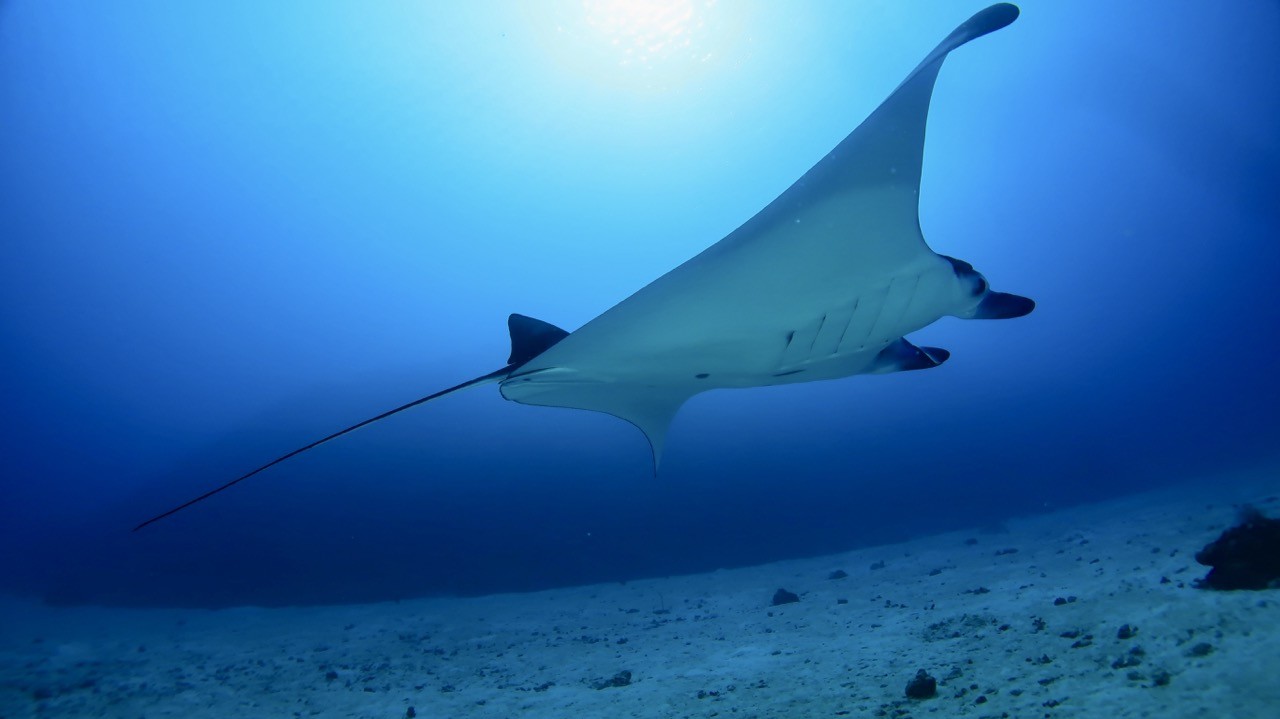
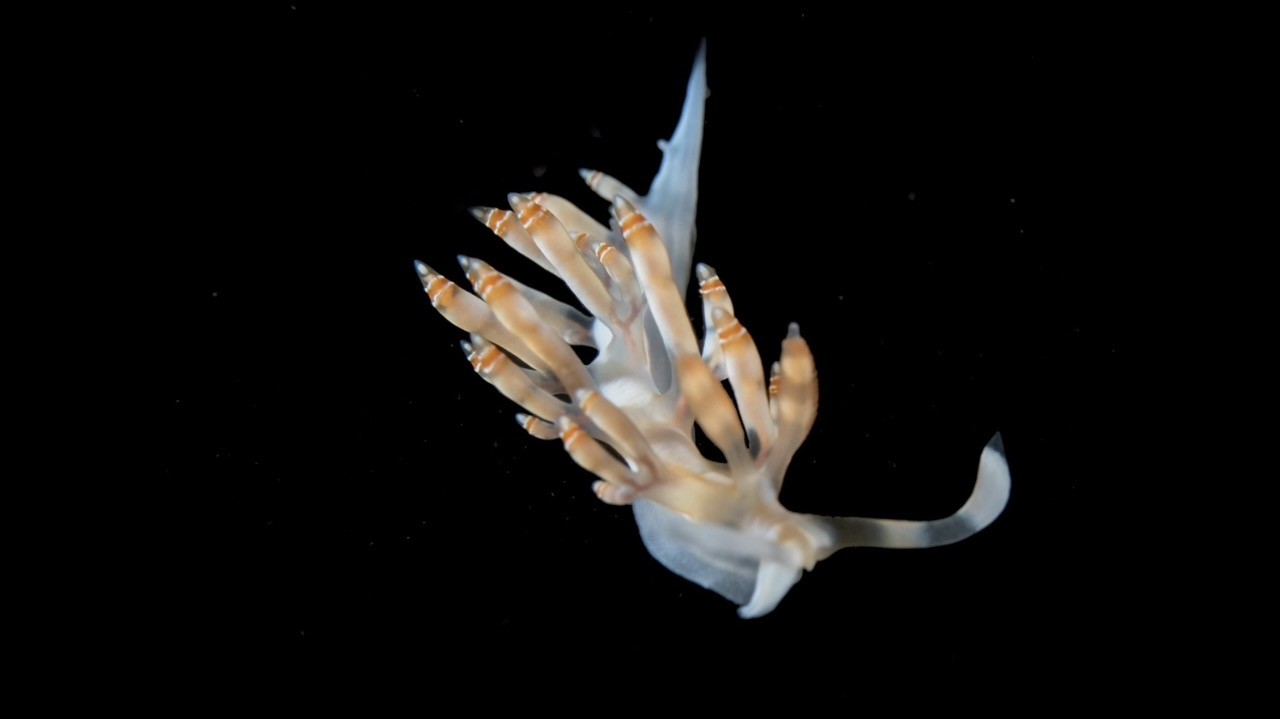
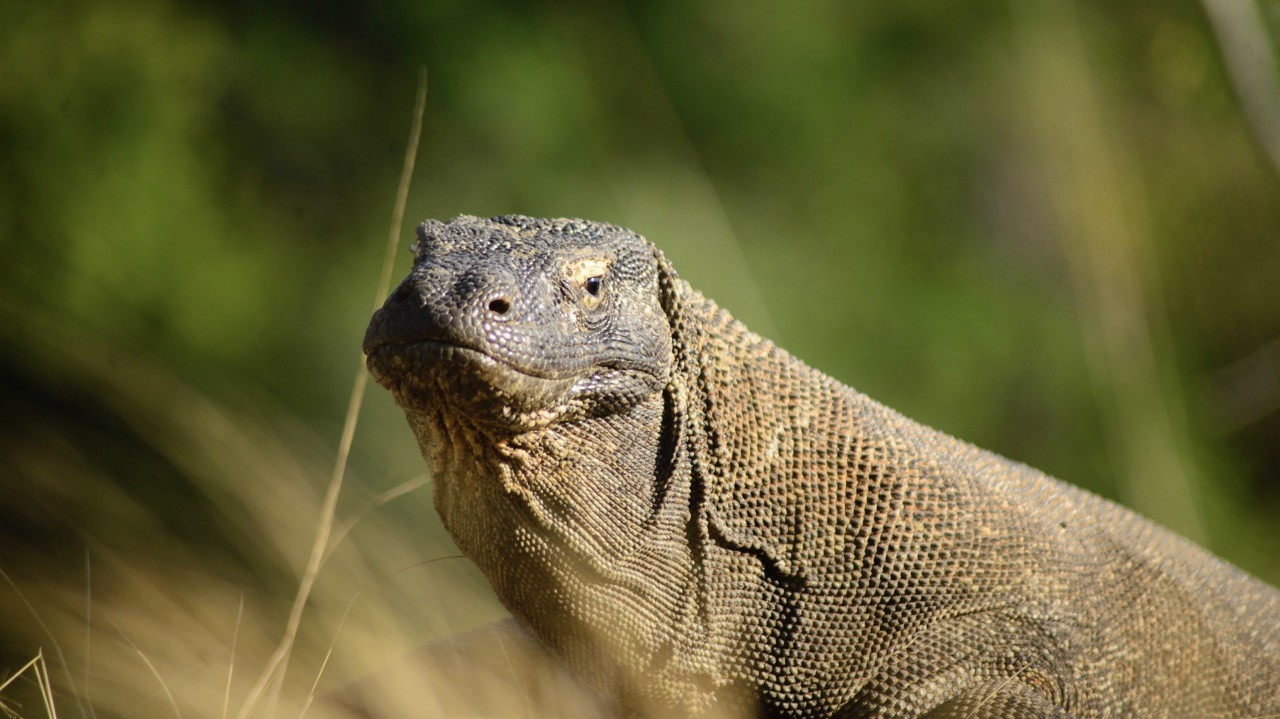
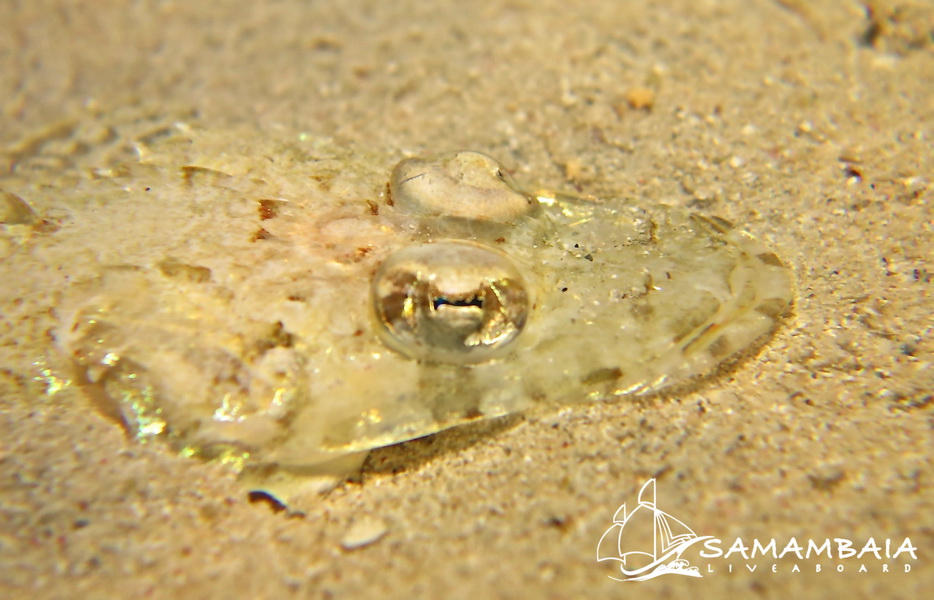
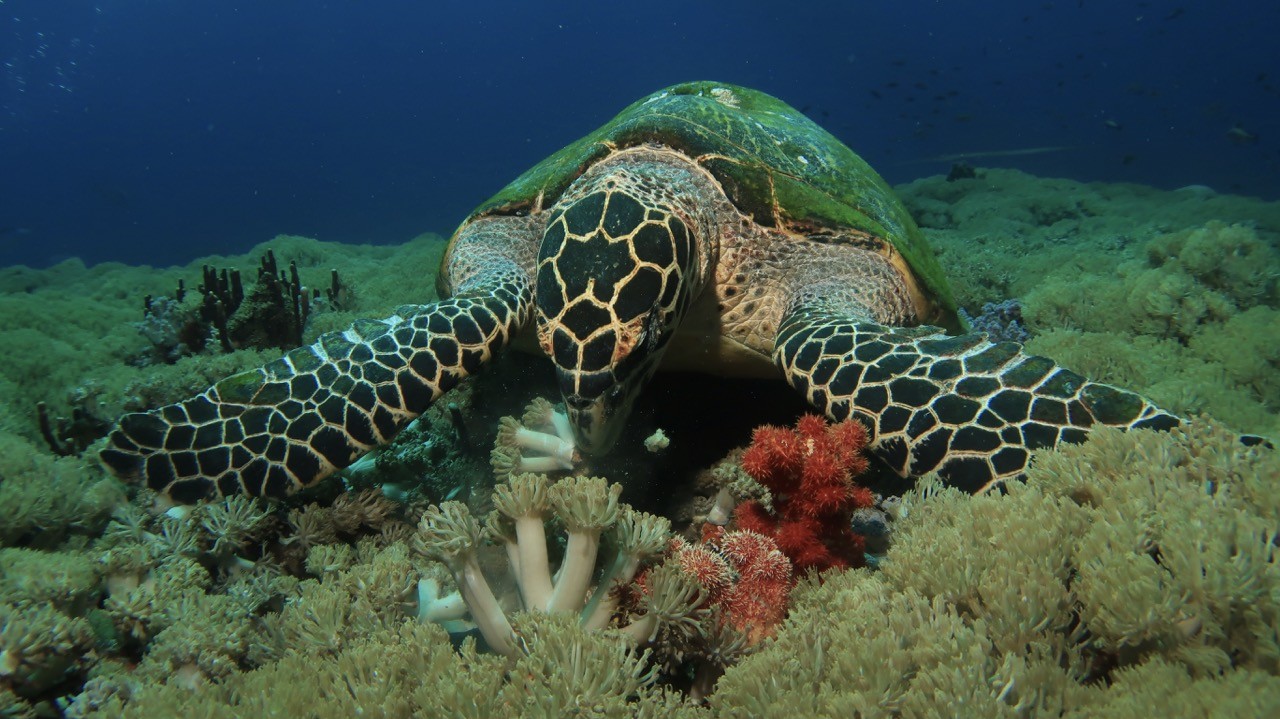
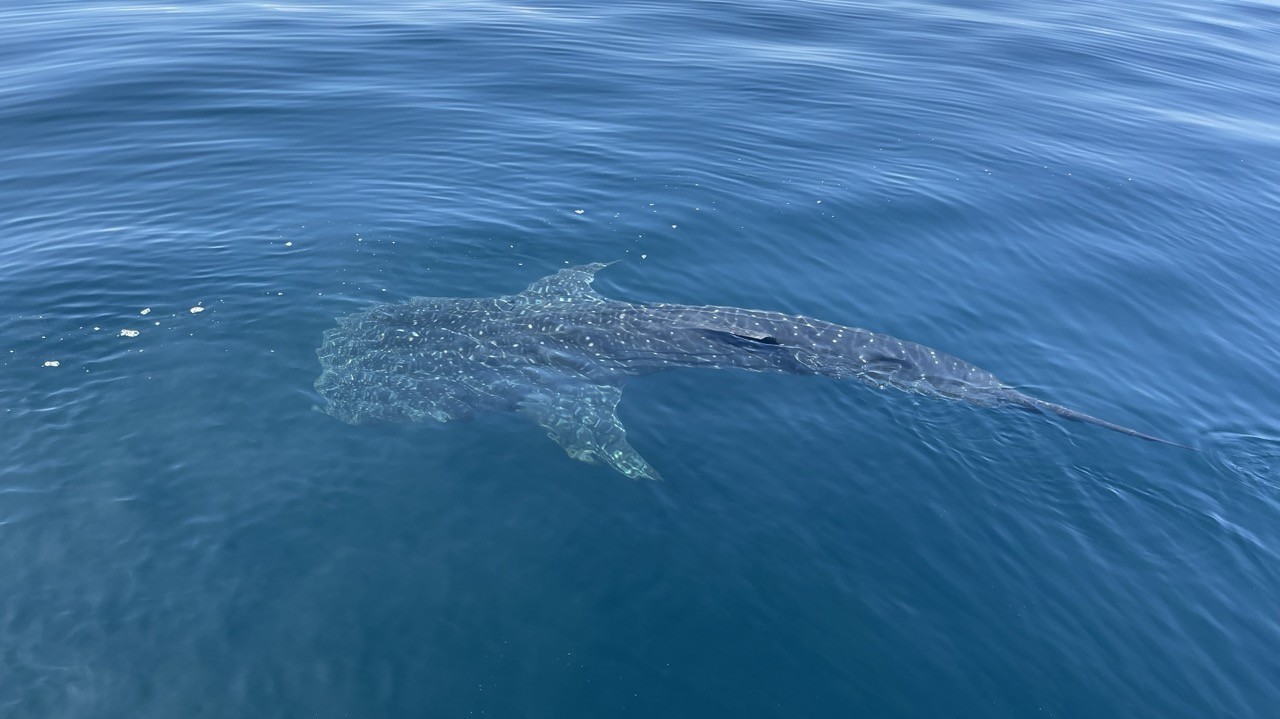

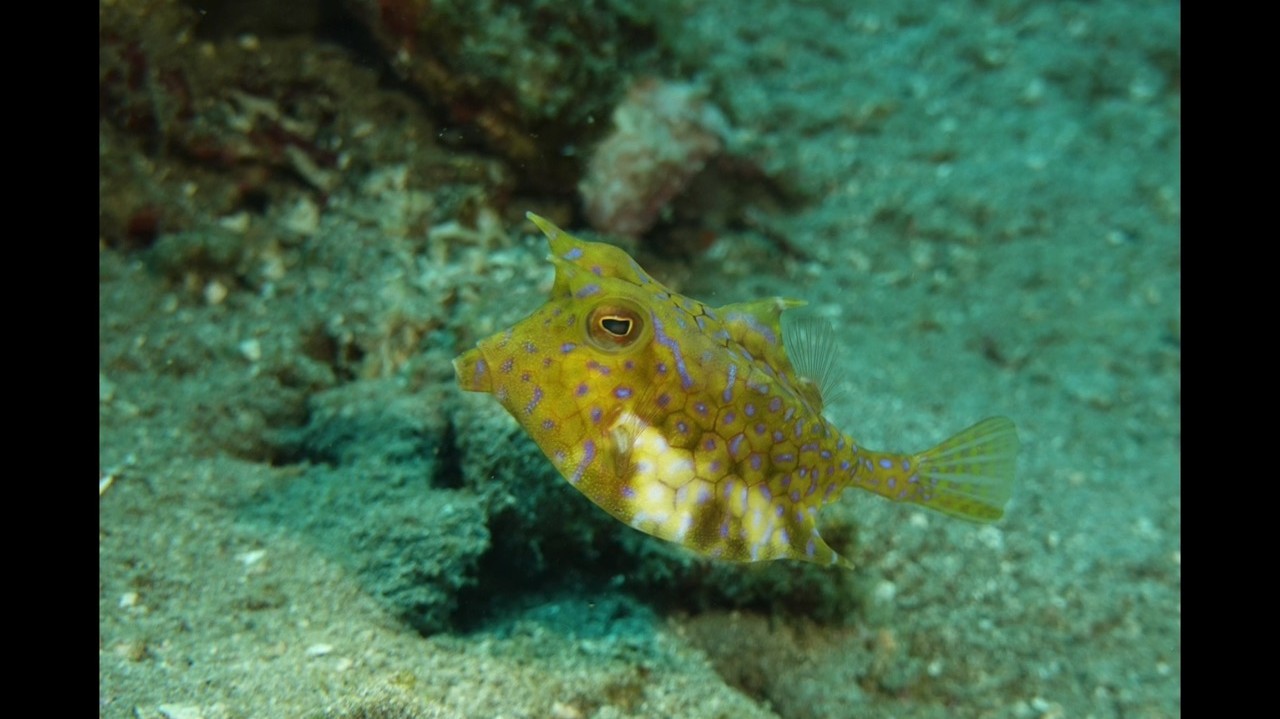
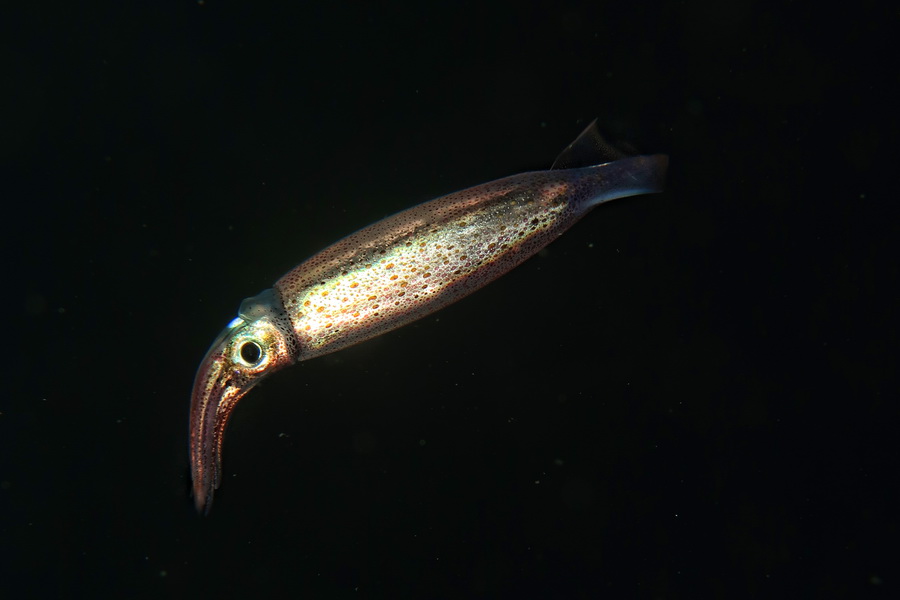
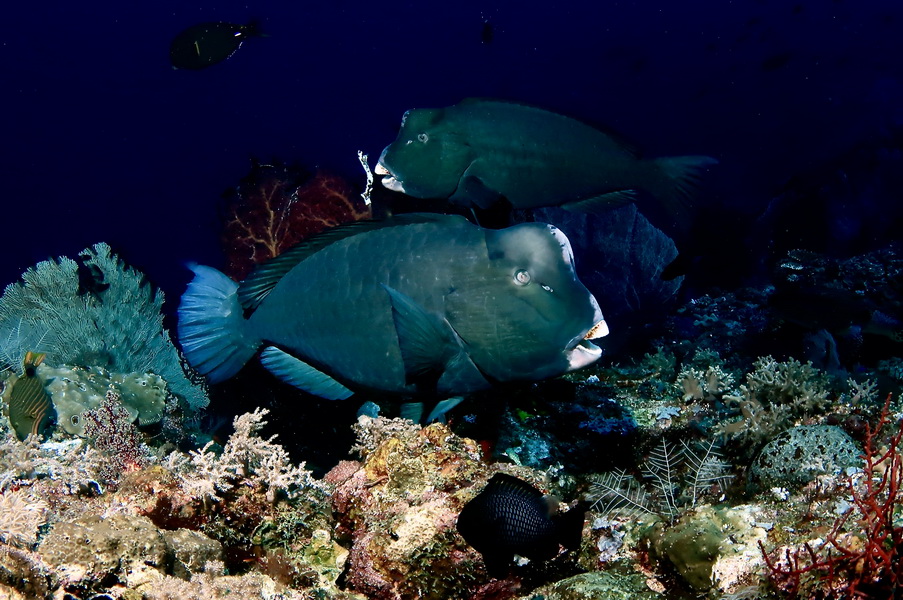
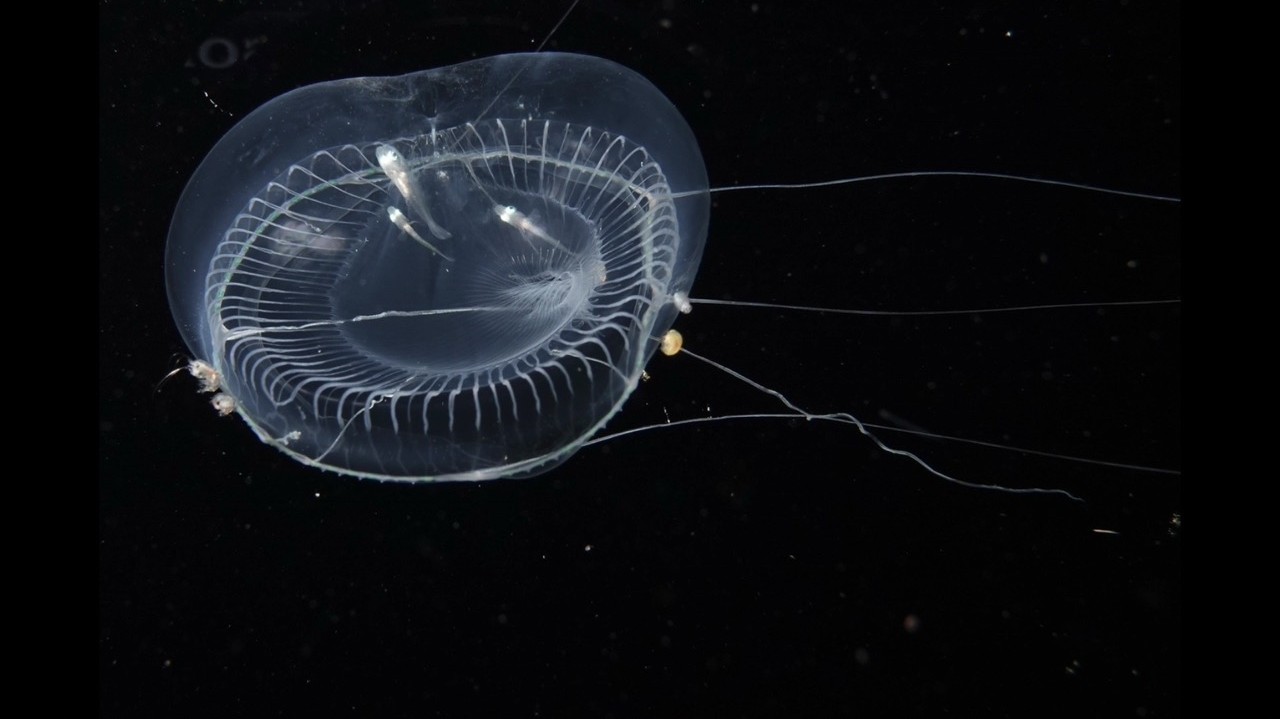
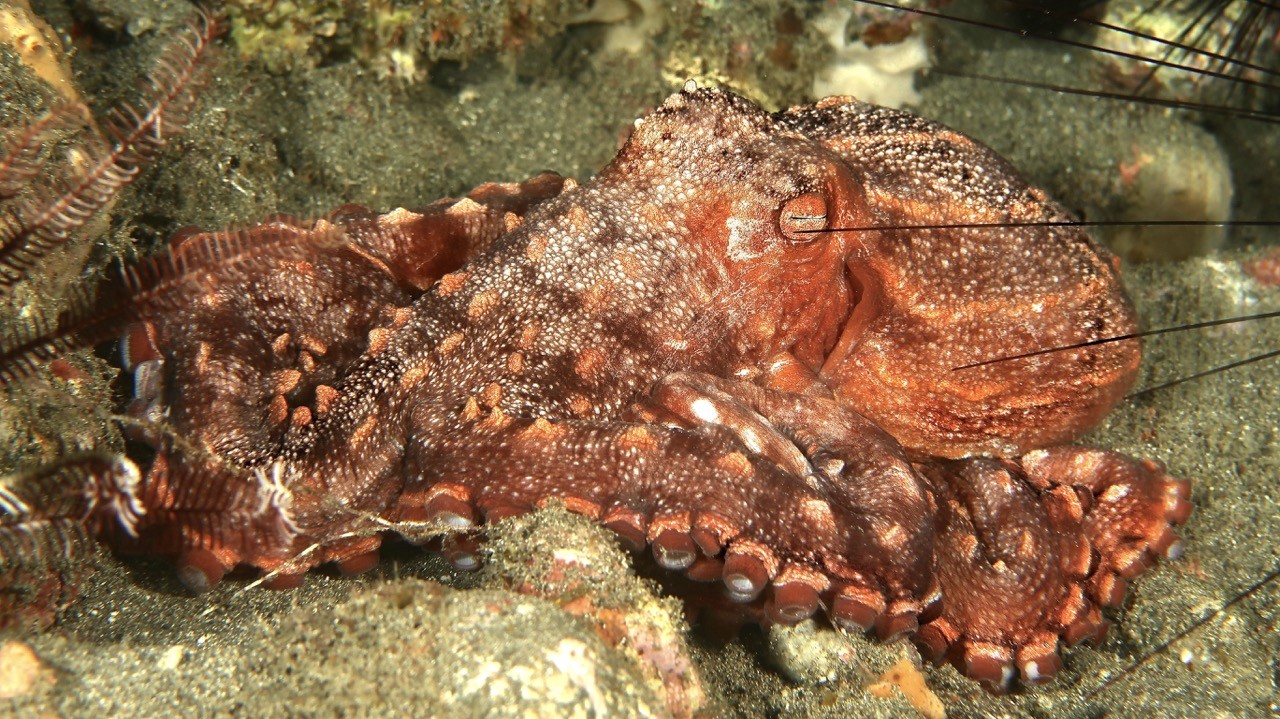
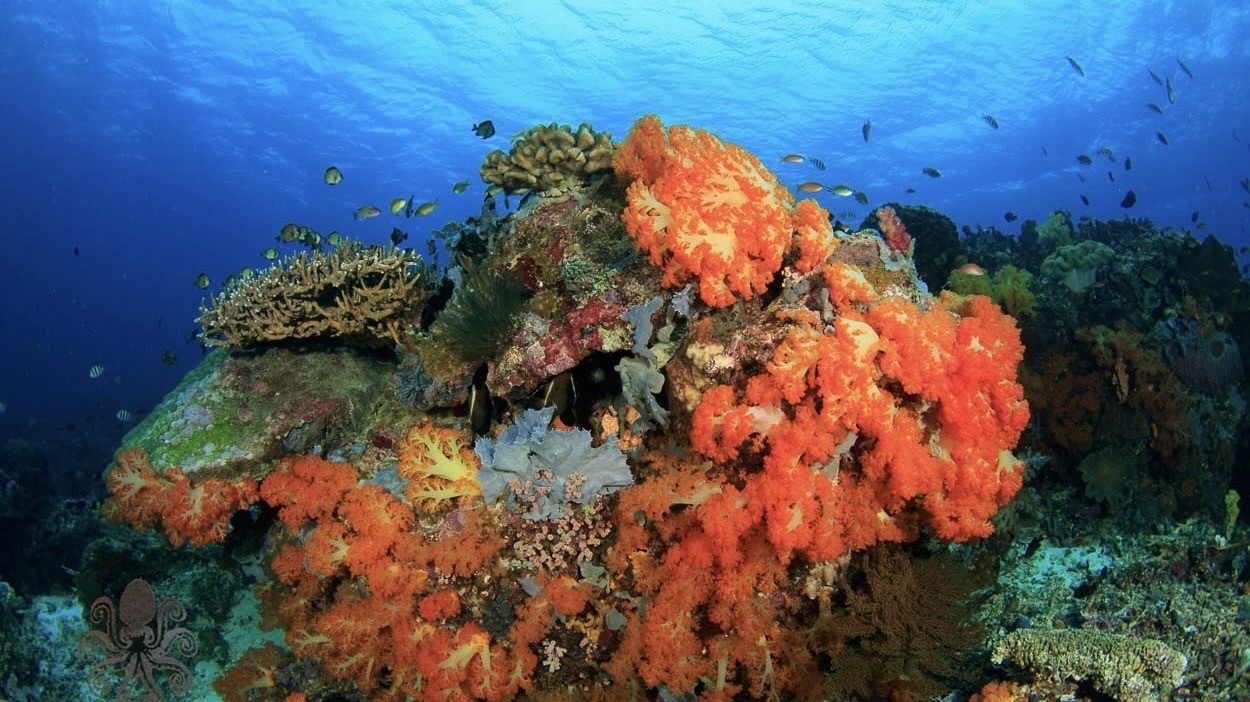
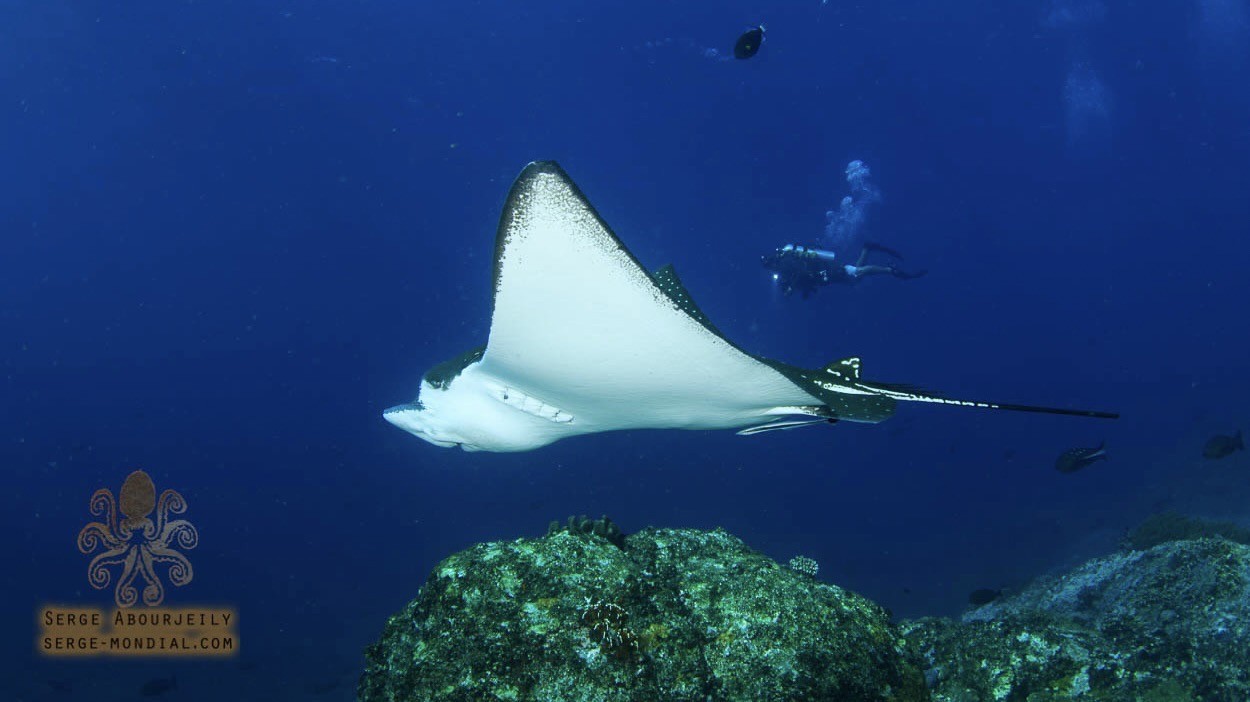
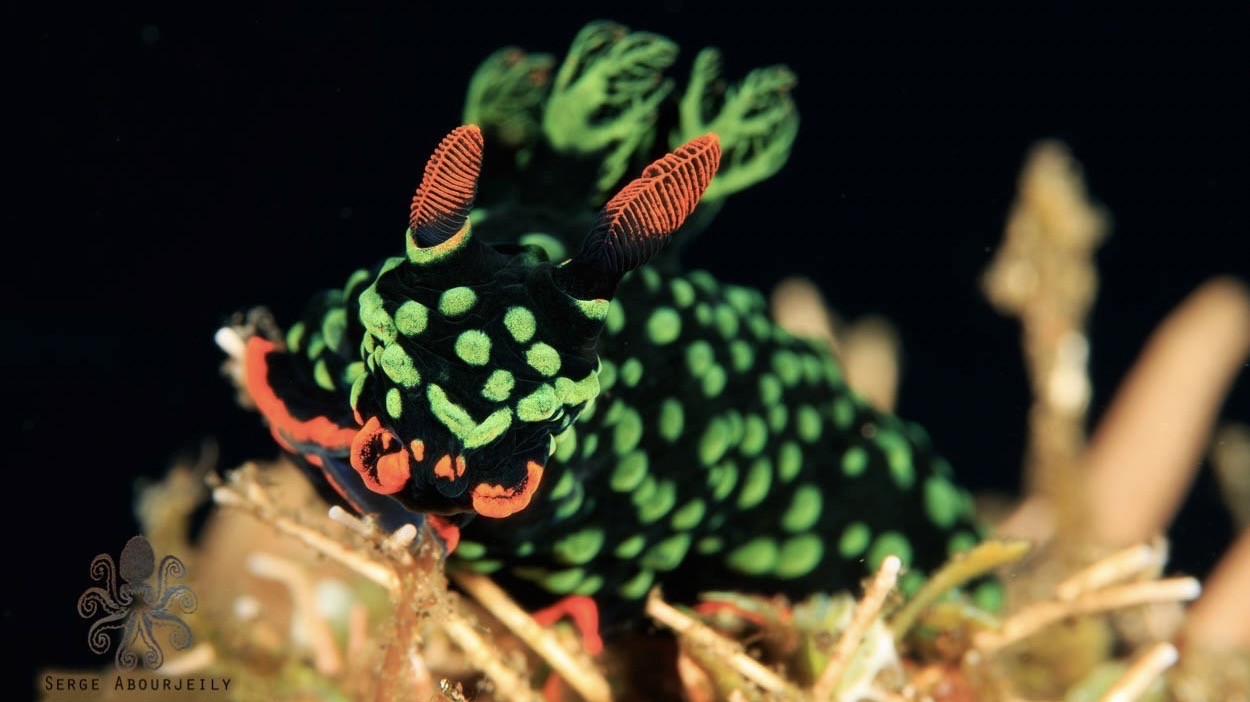
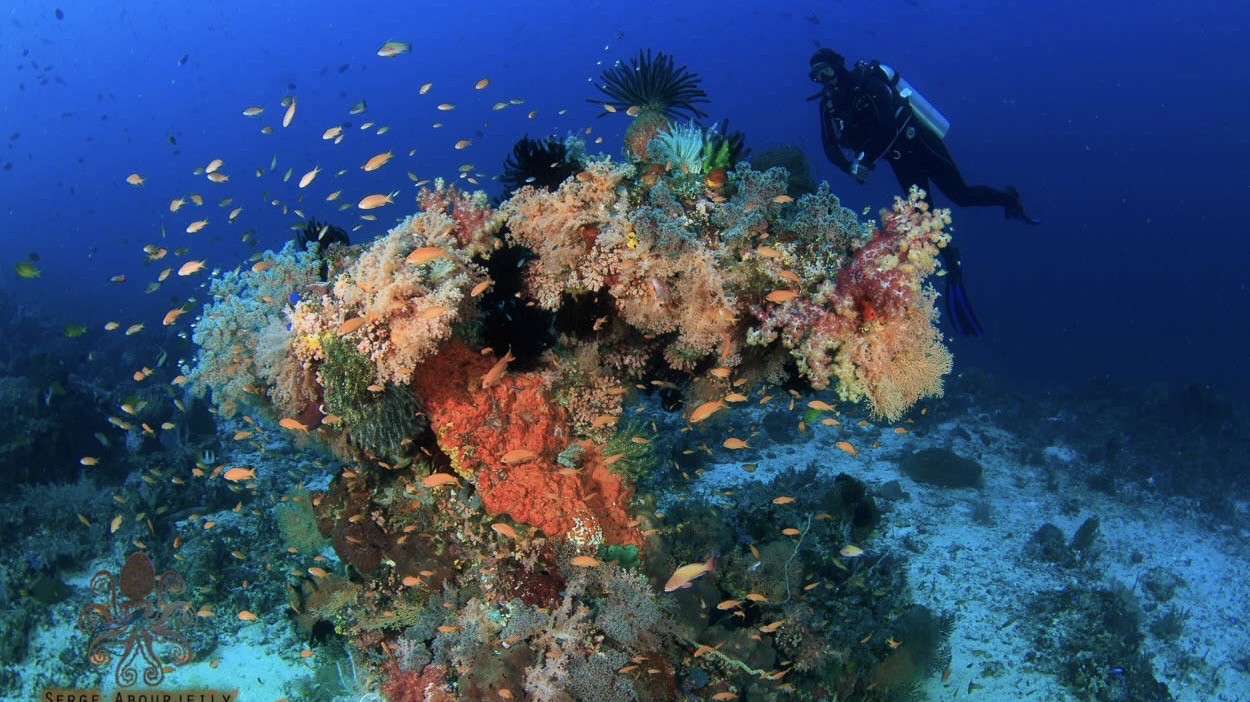
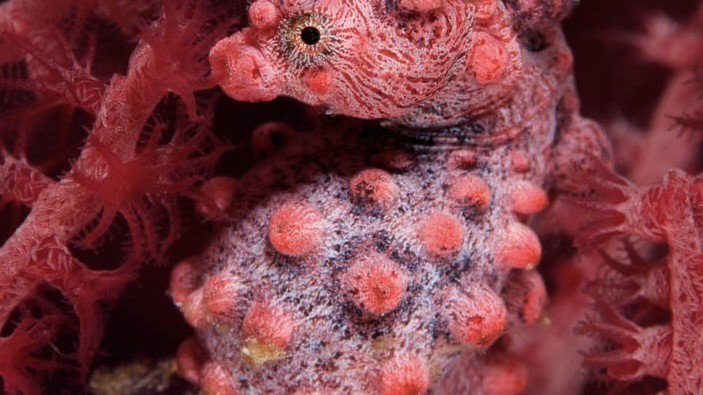
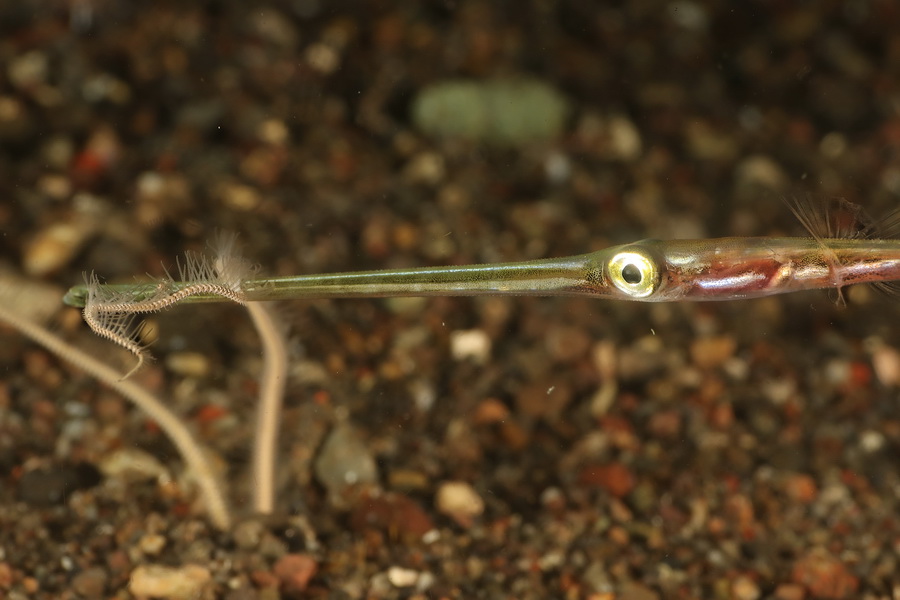
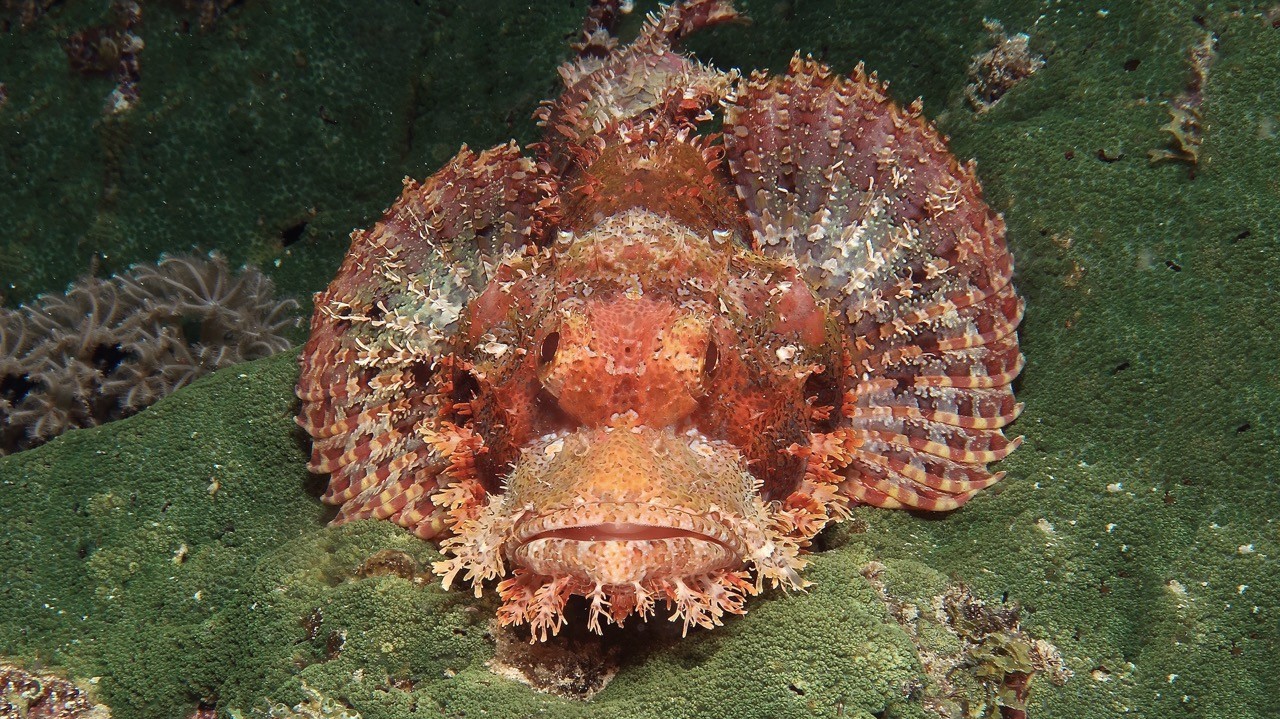
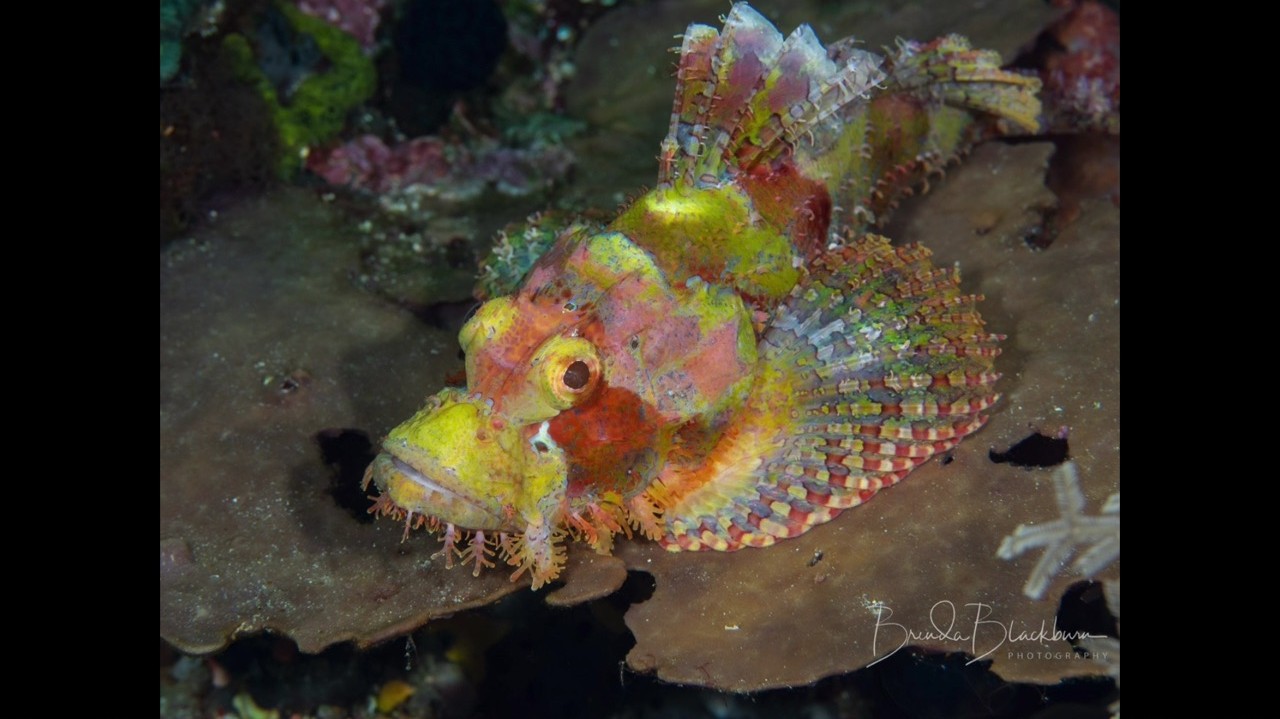
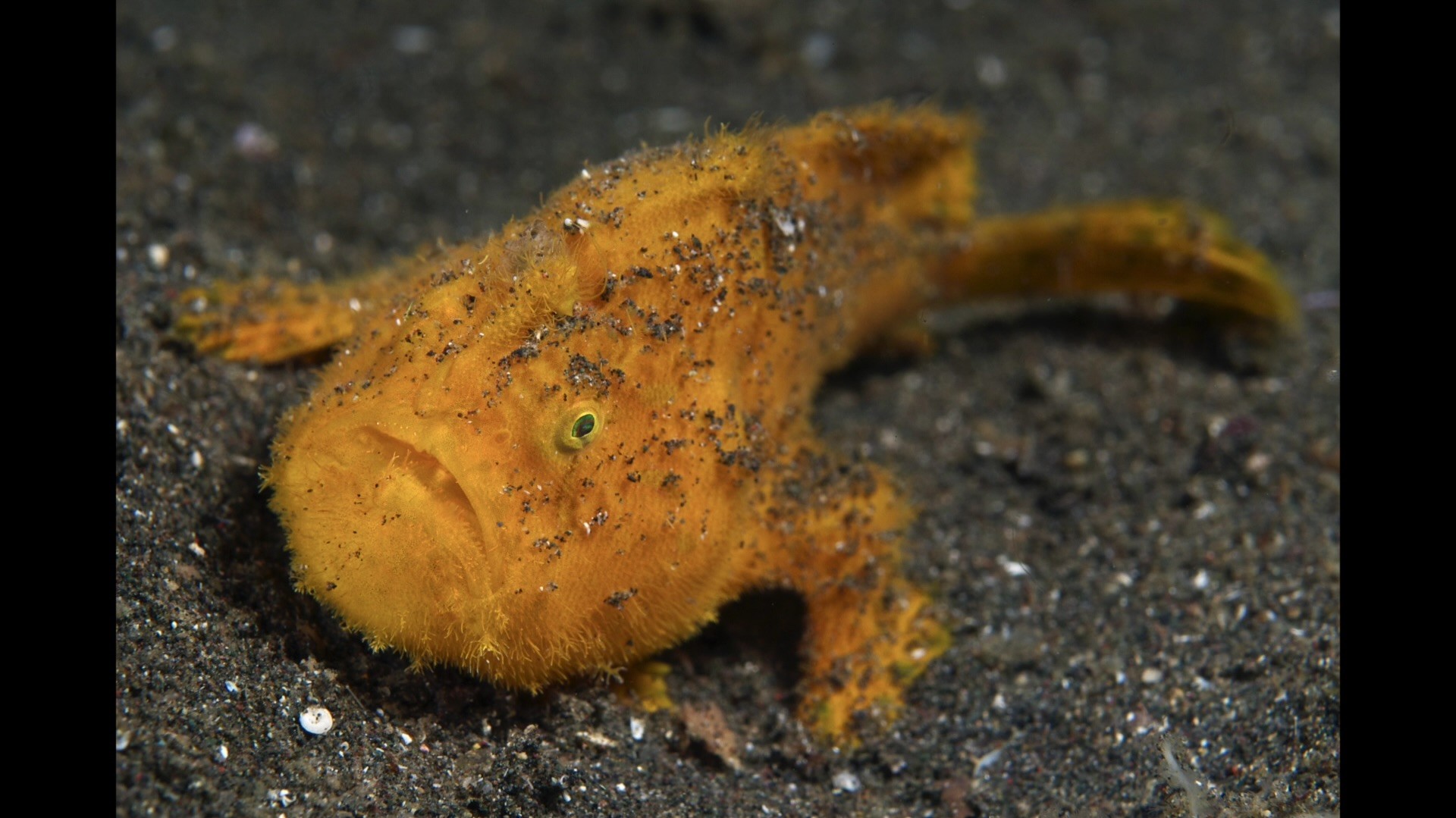
Established in 1980, Komodo National Park was designated a Biosphere Reserve under the UNESCO Man & Biosphere Program and became a World Heritage Site in 1991 and offers stunning dive opportunities. The Komodo National Park is composed by the two larger islands - Komodo and Rinca; and about 80 smaller islets. The park hosts one of the richest marine environments including coral reefs, mangroves, seagrass beds, seamounts and semi-enclosed bays where has been registered more than 1,000 species of fish, 260 species of reef-building coral and 70 species of sponges. Sea turtles and marine mammals live in the waters of Komodo, and passing whales are also spotted. If Komodo's underwater delights were not enough, there is also the 3 meters long lizard walking around Rinca, Nusa Kode and Komodo and looking like something coming straight from the age of the dinosaurs. For many divers Komodo offers the best diving in Indonesia and right up there with the leading dive destinations in the world. Komodo boast stunning scenery both above and below water due to its unique volcanic geology. The Komodo archipelago is a dramatic hilly landscape of wild savannah and some patches of forest; blue lagoons; and white, pink and red sandy beaches that host some of the most spectacular underwater scenery in the world. Komodo has a reputation for being a diving area for experienced divers. This is true, especially if you want to visit on Komodo by liveaboard. Komodo has many dive sites with strong and sometimes unpredictable currents. Water temperatures change often and are sometimes far below the usual 28°C you will find in other parts of the Indonesian archipelago. In the southern area of Komodo National Park water temperatures may be as low as 21°C. We advise a 5-mm wetsuit before diving Komodo to avoid any cold dives! The Southern waters generally provide better visibility from December through April. Lower visibility occurs in the South during the dry season when oceanic up-welling and plankton blooms, attracts a wealth of marine life to Komodo, especially invertebrates. Highest temperatures in the south are during the rainy season. Komodo's Northern waters generally provide better visibility year round. Fish is abundant everywhere but the rocks and reefs in areas of stronger current provide the best chances of spotting the bigger fish, especially sharks and other pelagic species.
Far to the wild eastern edge of the Indonesian archipelago there is a region with thousands of islands offering as many sites for scuba diving right in the heart of the Coral Triangle.
It’s no a surprise that photographers and divers...
Being remote and untouched the 18 islands of the Alor and Solor group are considered one of the best diving destinations in Asia. Tourism has not developed yet and only few divers have explored these waters. One of the very last traditional ...
This journey cruises through a wide range of geological landscapes and formations of Indonesia, from volcanic islands to limestone pinnacles developed from ancient coral reefs. As we cruise along the natural migratory paths and playgrounds o...